- Home
- A-Z Catalogue
- Products
- Valves
- Cetop
- Manual Directional Valves
- Proportional Valves
- Poppet Valves
- High-Speed Linear Servo Valves
- All High-Speed Linear Servo Valves
- Cetop 10 (NG32) Two Stage Type High Speed Linear Servo Valves – LSVHG-10
- Cetop 10 (NG32) Two Stage Type High Speed Linear Servo Valves – LSVHG-10 (With Fail-Safe)
- Cetop 8 (NG25) Two Stage Type High Speed Linear Servo Valves – LSVHG-06
- Cetop 8 (NG25) Two Stage Type High Speed Linear Servo Valves – LSVHG-06 (With Fail-Safe)
- Cetop 7 (NG16) Two Stage Type High Speed Linear Servo Valves – LSVHG-04
- Cetop 7 (NG16) Two Stage Type High Speed Linear Servo Valves – LSVHG-04 (With Fail-Safe)
- Cetop 5 (NG10) Direct Type High Speed Linear Servo Valves – LSVG-03
- Cetop 5 (NG10) OBE Type Direct Operated Linear Servo Valves – LSVG-03-EH
- Cetop 3 (NG6) OBE Type Direct Operated Linear Servo Valves – LSVG-01-EH
- Pumps
- Pressure control
- Flow Control Valves
- Pressure Control Valves
- All Pressure Control Valves
- Brake Valves
- Direct Relief Valve
- Low Noise Solenoid Controlled Relief Valves
- Low Noise Pilot Operated Relief Valves
- Pilot Operated Relief Valves
- Pressure reducing and relieving valves
- Pressure reducing and check valves
- Pressure control valves
- Remote Control Relief Valves
- Solenoid Controlled Relief Valves – BSG
- Solenoid Controlled Relief Valves – BST
- Unloading relief valves
- Check valves
- Environmental
- Valves
- Hydraulic Systems
- Power pack
- About Us
- Contact
- Blog
2025 How to Choose the Best Yuken Valve for Your Hydraulic System
 In the rapidly evolving landscape of hydraulic systems, the selection of components plays a crucial role in ensuring operational efficiency and reliability. Among the various components available, the Yuken valve stands out as a pivotal element, recognized for its precision and performance in hydraulic applications. According to the Global Hydraulic Components Market Report 2022, the demand for high-quality hydraulic valves, including Yuken products, is projected to grow at a rate of 5.1% annually, driven by advancements in industrial automation and the increasing need for energy-efficient systems.
In the rapidly evolving landscape of hydraulic systems, the selection of components plays a crucial role in ensuring operational efficiency and reliability. Among the various components available, the Yuken valve stands out as a pivotal element, recognized for its precision and performance in hydraulic applications. According to the Global Hydraulic Components Market Report 2022, the demand for high-quality hydraulic valves, including Yuken products, is projected to grow at a rate of 5.1% annually, driven by advancements in industrial automation and the increasing need for energy-efficient systems.
As industries strive to optimize their hydraulic systems, understanding how to choose the best Yuken valve tailored to specific operational needs is essential. Factors such as flow rate, pressure rating, and control type can significantly influence the effectiveness and longevity of a hydraulic system. Reports indicate that improper component selection can lead to reduced system efficiency and increased operational costs, highlighting the importance of a strategic approach to choosing the right Yuken valve. This guide aims to encapsulate crucial considerations and best practices for selecting the most suitable Yuken valve, ensuring enhanced performance and reliability in hydraulic applications.
Table of Contents
[Hide]
Understanding the Different Types of Yuken Valves for Hydraulic Systems
When selecting the best Yuken valve for your hydraulic system, it's essential to understand the various types available. Yuken offers a range of valves designed to fulfill different functions, including directional control valves, pressure control valves, and flow control valves. Directional control valves manage the path of hydraulic fluid, allowing operators to direct the flow to specific parts of the system. These valves are crucial for applications where precise movement is required, such as in hydraulic cylinders or motors.
Another important type is the pressure control valve, which regulates the pressure within the hydraulic system, ensuring safety and efficiency. These valves can prevent system overloads and protect sensitive components from damage. Lastly, flow control valves manage the speed of fluid flowing through the system, allowing for smooth operation of various hydraulic processes. By understanding these different types, users can better match Yuken valves to their specific hydraulic requirements, enhancing system functionality and reliability.
This chart illustrates the performance ratings of different types of Yuken valves used in hydraulic systems for 2025. The ratings reflect their effectiveness in various control functions, which are crucial for optimal system performance.
Key Considerations for Selecting the Right Yuken Valve for Your Application
When selecting the best Yuken valve for your hydraulic system, several key considerations come into play to ensure optimal performance and compatibility with your application. First, assess the required flow rate and pressure specifications of your hydraulic system. Yuken valves come in various models designed to handle different capacities, so matching these specifications with the capabilities of the valve is crucial for seamless operation.
**Tips**: Always consult the technical datasheets provided by Yuken to find the valves that meet your specific parameters. Additionally, consider the viscosity of the fluid being used, as this can affect valve performance and longevity.
Another important factor is the environmental conditions in which the Yuken valve will operate. Factors such as temperature, potential exposure to contaminants, and the physical layout of your system can influence the choice of valve. Yuken offers options with varying materials and protective features to suit diverse environments.
**Tips**: Evaluate whether you need a valve with specific sealing options or corrosion resistance based on your hydraulic fluid and application. This will enhance the reliability of your system over time.
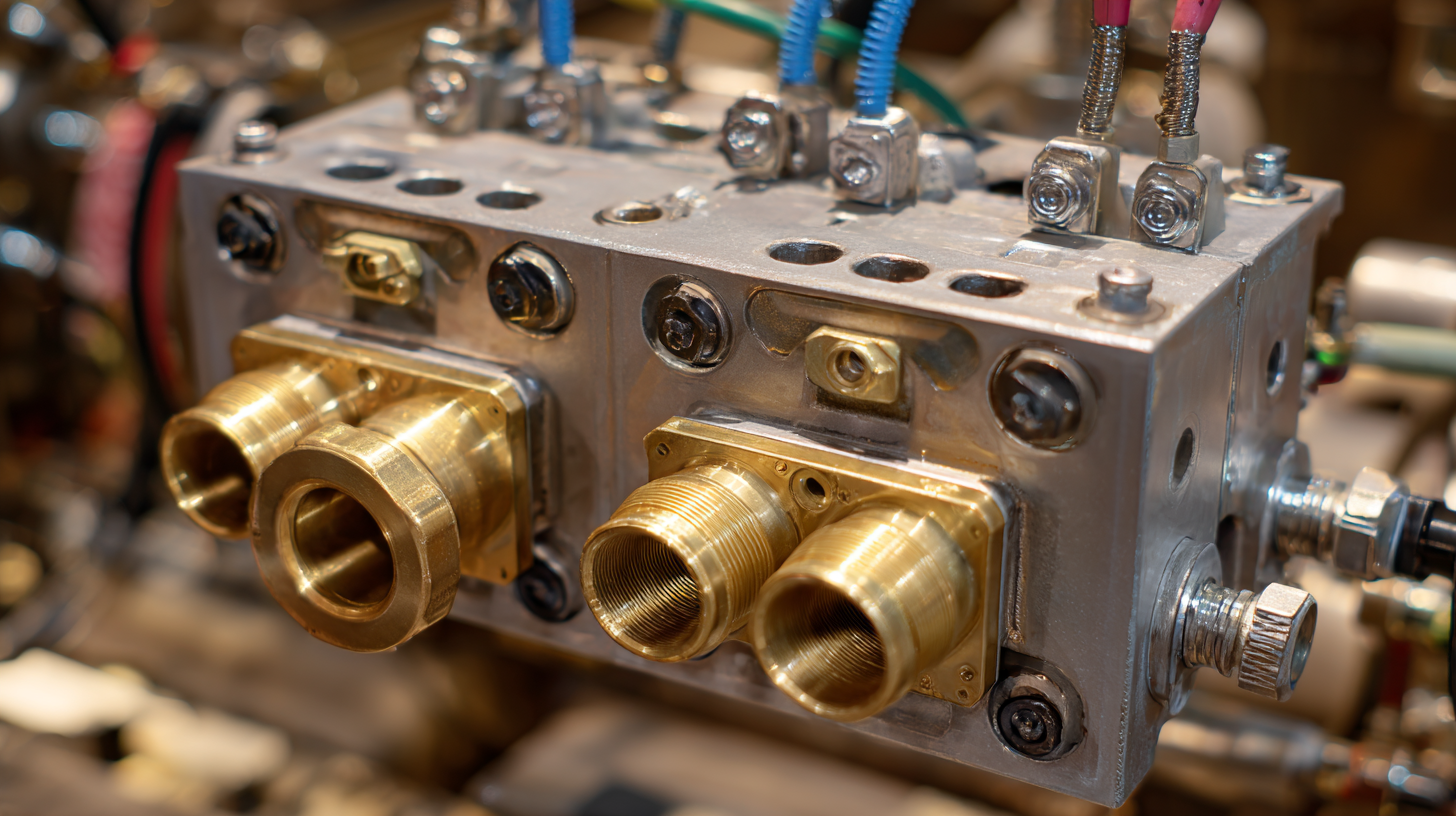
Evaluating Performance Specifications of Yuken Valves for Optimal Efficiency
When selecting the best Yuken valve for your hydraulic system, understanding the performance specifications is crucial for ensuring optimal efficiency. Yuken valves come with a variety of parameters, including flow rate, pressure rating, and response times, which directly impact the performance of your hydraulic system. These specifications must be matched to the specific demands of your application, whether it involves precise control in manufacturing processes or robust performance in mobile machinery.
To evaluate the performance of Yuken valves effectively, begin by analyzing the flow characteristics relevant to your system's requirements. Consider the maximum and minimum flow rates each valve can handle, as well as the pressure drops across the valve at various flow rates. Additionally, check the response times, particularly if your system requires rapid adjustments to fluid flow. By aligning the valve specifications with your system's operational needs, you can significantly enhance the performance, longevity, and reliability of your hydraulic setup.
2025 How to Choose the Best Yuken Valve for Your Hydraulic System - Evaluating Performance Specifications of Yuken Valves for Optimal Efficiency
| Valve Model | Flow Rate (L/min) | Pressure Rating (MPa) | Response Time (ms) | Temperature Range (°C) | Weight (kg) |
|---|---|---|---|---|---|
| YV-01 | 60 | 31.5 | 15 | -20 to 60 | 8.5 |
| YV-02 | 80 | 35 | 20 | -20 to 70 | 9.0 |
| YV-03 | 100 | 40 | 25 | -20 to 80 | 10.5 |
| YV-04 | 150 | 42 | 30 | -20 to 90 | 11.5 |
Comparing Yuken Valve Features: What to Look For
When selecting the best Yuken valve for your hydraulic system, understanding the key features of different models is crucial. One of the primary aspects to consider is flow capacity. Depending on your application, you may require valves that can handle high flow rates without compromising performance. Additionally, the pressure rating of the valve should align with your system requirements to ensure efficient operation and safety.
Another significant feature to examine is the response time of the valve. A quicker response time enables better control and efficiency in dynamic systems. Moreover, consider the type of control mechanism—whether it is manual, electric, or pilot-operated—as this will affect usability and integration into your existing setup. Durability and compatibility with various hydraulic fluids are also essential factors, ensuring that the valve can withstand the operational environment while maintaining longevity and reliability. By carefully comparing these features, you can make an informed choice that enhances the performance and efficiency of your hydraulic system.
Maintenance Tips for Ensuring Longevity of Your Yuken Valve in Hydraulic Systems
Maintaining the longevity of your Yuken valve in hydraulic systems is essential to ensure optimal performance and minimize operational costs. Regular maintenance helps prevent common issues such as leaks, cavitation, and unresponsive controls, which can significantly hinder system efficiency. To maintain your valve, schedule routine inspections to check for signs of wear and tear, and replace any worn components promptly. Additionally, ensure that the hydraulic fluid used is clean and suitable for your system to prevent contamination that could damage the valve.
Efficiency in hydraulic systems is crucial, especially in applications where downtime can be costly. Recent advancements highlight the importance of sophisticated control systems that incorporate high-speed proportional valves, which not only enhance performance but also contribute to reduced operation and maintenance costs. For Yuken valves, implementing proactive maintenance strategies can minimize disruptions and extend their operational lifespan. Regularly monitoring performance and adhering to manufacturer guidelines is vital in achieving optimal reliability and functionality in your hydraulic applications.
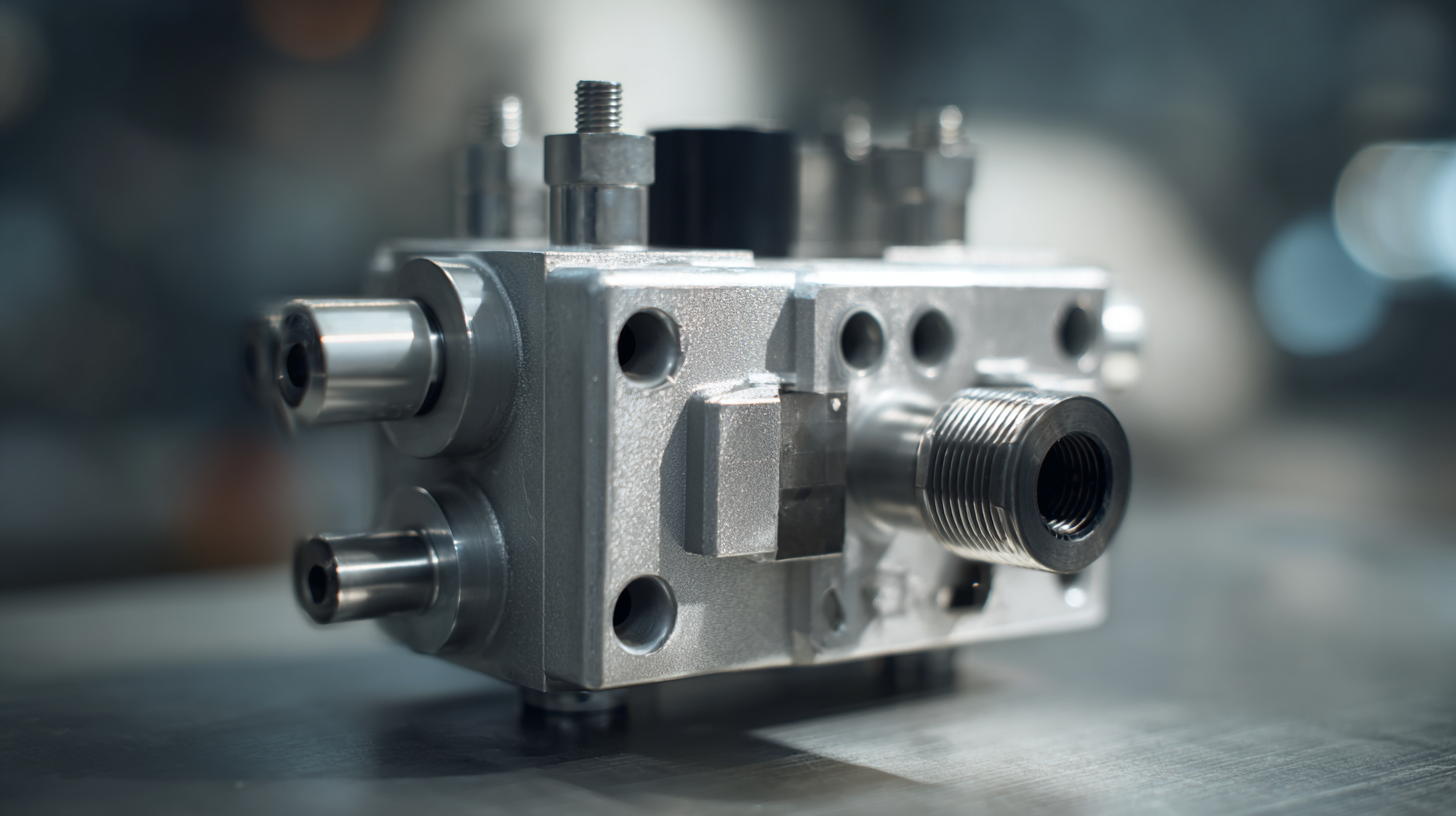
Related Posts
-

Exploring the Benefits of Yuken Directional Valves for Enhanced Hydraulic Performance
-
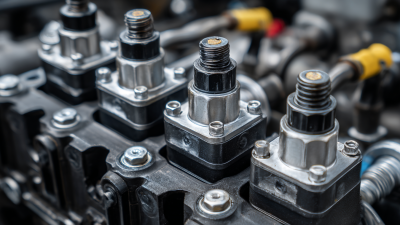
Understanding Yuken Directional Valves and Their Applications in Modern Hydraulic Systems
-
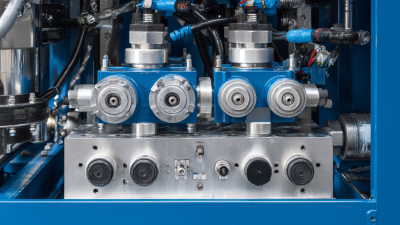
The Essential Guide to Understanding Hydraulic Power Packs in Industrial Applications
-

10 Essential Tips for Choosing the Right Pressure Reducing Valve
-
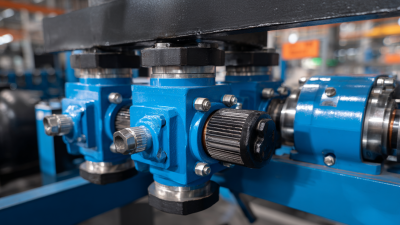
Understanding the Importance of Hydraulic Pressure Control Valves in Modern Industrial Applications
-

Exploring Innovative Control Products: Transforming Industries with Smart Technology












